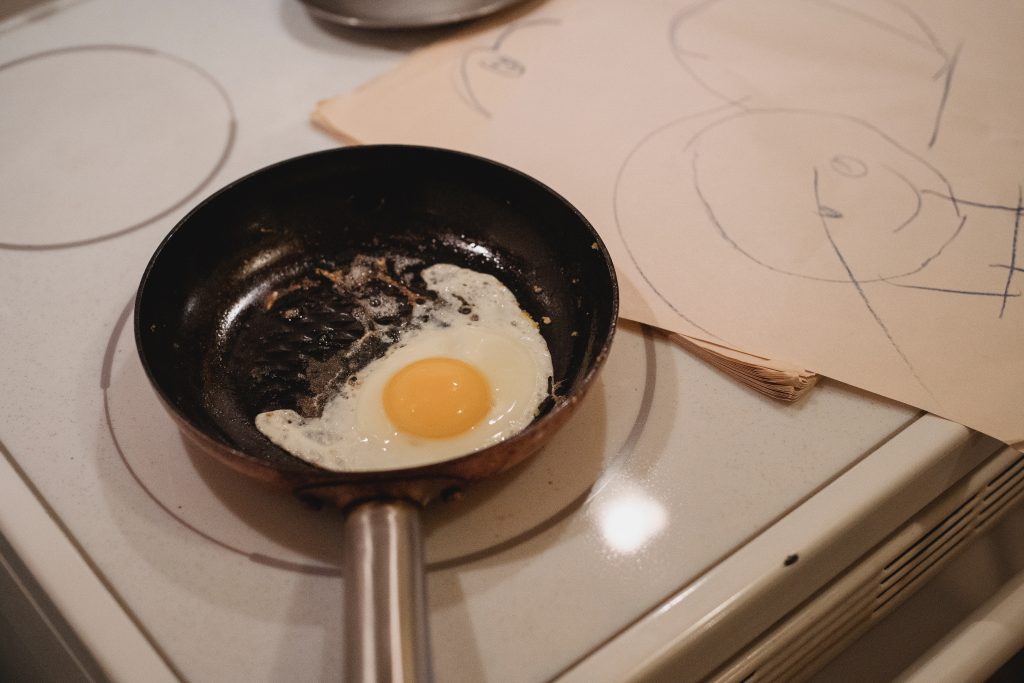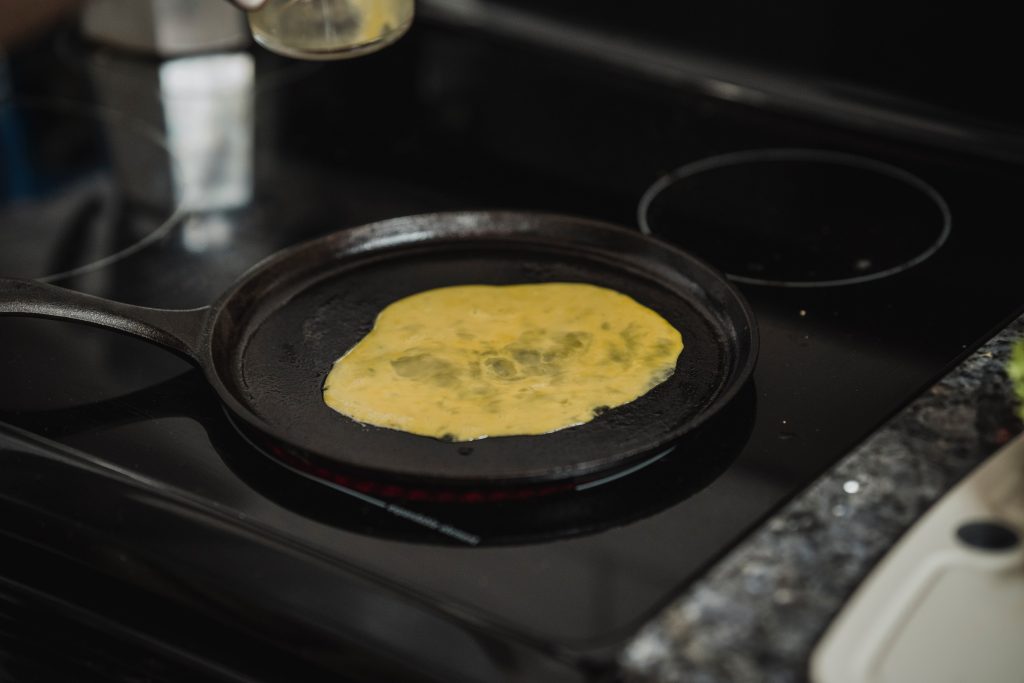Gas, Electric, Or Induction Cooking?: Here’s All You Need To Know To Make The Right Choice

‘Necessity is the mother of invention’ is a well-known proverb, and it can be used across the spectrum, even to decide which method of cooking is better between Gas, Electric, or Induction.
With Gas cooking being the traditional method, Electric was the next big thing. Still, it is now being slowly replaced by Induction cooking. The most significant advantage of Induction cooking is its method of heating that oversees the heat being directed towards the item without any middlemen, which in this case is thermal conduction, a common phenomenon in both Gas and Electrical cooking.
The application of the induction cooktop comes from the study of Jean Bernard Leon Foucault, a visionary from France who discovered the principle back in 1851, which has been brought to use now. The functioning of an induction cooktop is very simple. Under the shiny, smooth surface, electromagnetic copper coils are placed, which become the conductor for the electric current, which is generated when the heating surface is turned on. The passing of electricity through the coil creates a multi-directional magnetic field that produces heat only, and only if a cooking pan is placed on top of the burner.

The pros of induction cooktops are their ability to use nearly 90% of the produced heat while consuming lesser energy. It also brings more safety as, despite the heating of the pot on the top, the other surface remains cool and safe for a human touch reducing the risk of accidents. The cons for it are the expensive pricing, which ranges from USD 2,000 to USD 4,000 for the induction cooktop. On top of that, you will also need flat-bottom ferromagnetic utensils, which would incur another long bill for the user.
Do you see yourself moving towards induction cooking now?
